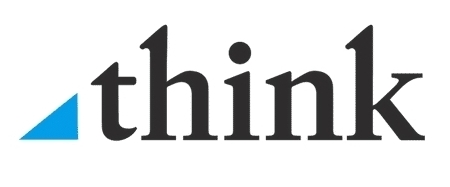
Coming off an active second quarter, the MacKenzie team is armed with a wealth of insights on where the market stands currently, as well as how the remainder of the year will unfold. The US economy is predicted to boom in the latter half of 2021, and many industry experts forecast that we’re likely to see an economy much like the one we experienced pre-COVID.
The mass movement towards hybrid and remote work, the market share gains of e-commerce, and rising material prices—particularly in the construction industry—all play a part in structural shifts that we’re witnessing in the commercial real estate marketplace. Below, our market data analysts break down notable Q2 trends, division-by-division.
The Industrial Market Remains Robust
Not surprisingly, the industrial market remains the most sought-after asset class. Inflated costs of construction materials have come with it. Knowing this, lenders are even targeting speculative industrial projects in the right submarket. While we’re beginning to see a drop in lumber costs from 2020’s all-time highs, materials like steel, concrete and copper continue to rise month-to-month as demand grows.
In the first two quarters of 2021 thus far, industrial lease deals increased by almost 25% compared to the previous two quarters. In addition, over half of the industrial space that is under construction is already pre-leased. Rental rates continue to increase slightly, with flex buildings costing almost double the rent compared to industrial buildings. Ultimately, the persistent demand for e-commerce space means that industrial buildings will continue to be as durable of a market as ever.
The Office Sector Makes Room for Subleasing
The pandemic certainly created some lasting workplace behavioral shifts.The hybrid work model is here to stay for companies small and large, which means that many employers are seeking solutions that accommodate in-office collaboration while also offering the ability to work remotely.
Employers are also focusing their efforts on creating open, inviting and comfortable offices that empower employees to feel safe when returning to their in-office work spaces. We predict that this prioritization of office amenities will continue as businesses across all industries strive to revisit semi-normal operations.
Vacancy rates are still drastically high in the Baltimore submarkets; from the first quarter to the end of the second quarter, there is over 200,000 sf in additional vacancy. Sublease space is quickly stepping up to be the solution. Metro-wide, sublease space in Baltimore is approximately 1.6 million square feet, a 15-year high. What may have started as a temporary solution to the pandemic is now becoming a permanent fixture to support hybrid work.
Retail Makes a Comeback in Early Q2; Delta Variant Reestablishes Mask Mandate
As expected, the vaccine rollout resulted in lifted mask mandates and capacity restrictions in early Q2. This allowed many retailers to return to their normal operations. After several quarters of negative absorption, things were starting to look up. In the second quarter of 2021, over 400,000 sf were leased and four retail buildings delivered totaling over 36,000 sf.
Now, with news of the Delta variant on the rise and indoor mask mandates being reinstated in cities like Baltimore, we’re expecting more shifts to occur in the retail and office spaces. Our industry professionals are staying on top of the events that are unfolding and how they will impact commercial real estate markets in the near future.
Stay Ahead of the Mid-Atlantic Real Estate Trends with MacKenzie Commercial Real Estate
Our market experts know data is only useful when it’s digestible and interpreted. That’s why we closely watch market trends so that we can best inform our clients and partners. The notable insights we outline above show promises of dynamic activity, growth and spending throughout the remainder of 2021, however we will know in time how the Delta variant—and the return of social distancing mandates—will impact these predictions. View the second quarter market report in full to gain insight on the condition of commercial real estate within the Baltimore Metropolitan area.
We know local matters and we are proud to serve the Mid-Atlantic region with offices in Baltimore City, Baltimore County, Harford County, Howard County, and Annapolis. To get in touch, contact Mackenzie Commercial Real Estate here or call 410-821-8585.












